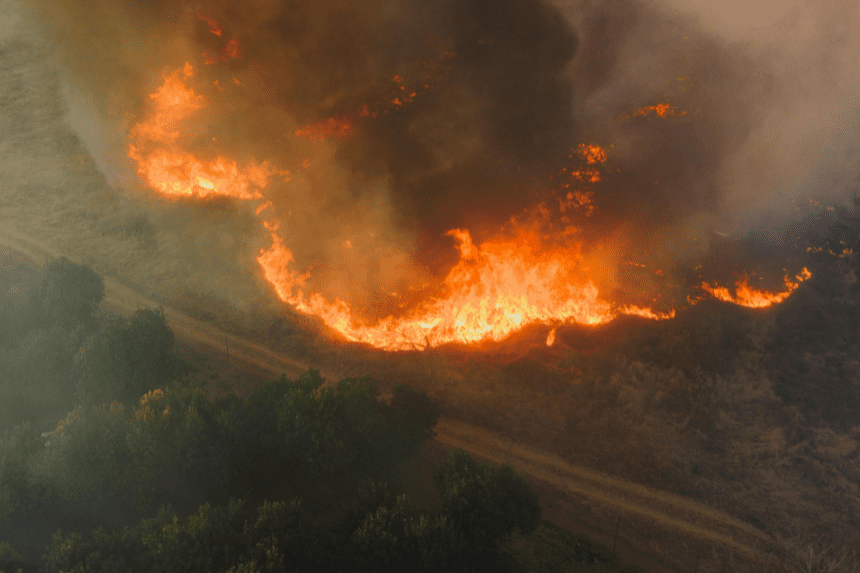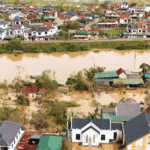A major explosion of about one-third of Atosa National Park in Namibia has now been brought under control. According to Namibia’s Ministry of Environment, Forestry and Tourism, the fire in Etosha Park spread rapidly over the week and nearby land. High winds and dry flora were quoted as major factors behind its rapid growth.
Wildfire affected areas within the boundary of Angola, burning hundreds of hectares. While most of the hotspots are now controlled, government officials are using air fantasies to assess the full range of damage. Thankfully, no reports have been reported that there is no number of human casualties, but many deer and grazing areas are lost.
What Sparked the Etosha Fire?
Initial investigations suggest the Etosha fire may have started at a charcoal production site located outside the park boundaries. Charcoal production is common in northern Namibia, but poorly managed operations often spark blazes during the dry season.
Once ignited, the fire quickly moved into Etosha due to strong winds, spreading over vast savannah grasslands and threatening critical ecosystems, including areas home to the endangered black rhino. Here is the link to our article on Korea Wildfire Devastation.
How Did the Government Respond?
Namibia deployed helicopters, firefighters, and over 500 military personnel to help contain the Etosha fire. Local police and community volunteers also joined the efforts. The Prime Minister called an emergency meeting to coordinate national resources, and multiple government agencies were mobilized to support containment operations.
Despite initial criticism from opposition lawmakers over the pace of the response, officials now report that the situation is under control. Remaining fire lines are being monitored to prevent reignition.
What Damage Has Been Reported?
At least nine antelope perished in the blaze, and early estimates suggest about 30% of grazing land within the park was destroyed. Fires also spread to surrounding regions, including Oshikoto, Oshana, and Kunene, which depend heavily on livestock farming.
Etosha National Park, which spans over 22,900 square kilometers, hosts 114 mammal species and attracts more than 200,000 visitors annually. The park’s rich biodiversity, including migratory birds like flamingos, is under renewed threat from this environmental crisis. Here is the link to our article on Korea Wildfire Crisis.
What Are the Ecological Concerns?
The Etosha fire poses a serious risk to Namibia’s natural heritage. Experts acknowledge that wildfires can play a role in maintaining savannah ecosystems, but only when they are controlled. Unchecked blazes, like the recent one, can cause irreversible harm to biodiversity, displace wildlife, and disrupt the ecological balance.
Officials stress that post-fire recovery will take time and require ongoing monitoring. The Ministry has committed to conducting aerial surveys to fully assess burned areas and initiate habitat restoration efforts.
Final Thoughts
Control of Etosha Fire is a significant twist, but after the flames leave, its effect will be felt for a long time. Namibia should now protect one of the recovery, long-term fire prevention, and one of its most important conservation areas. Strong fire management and cross-border cooperation will be important to ensure the ecosystem of Etosha and the communities are more flexible in the future.







